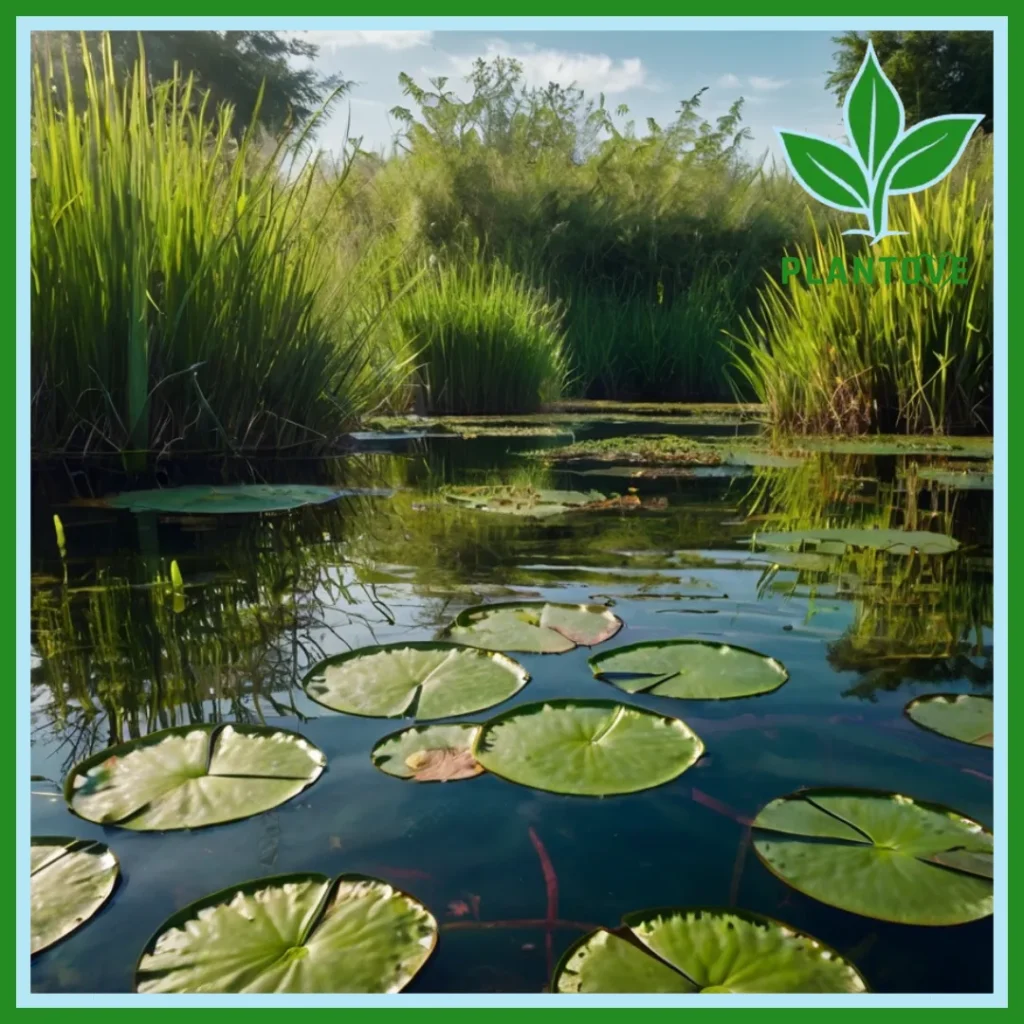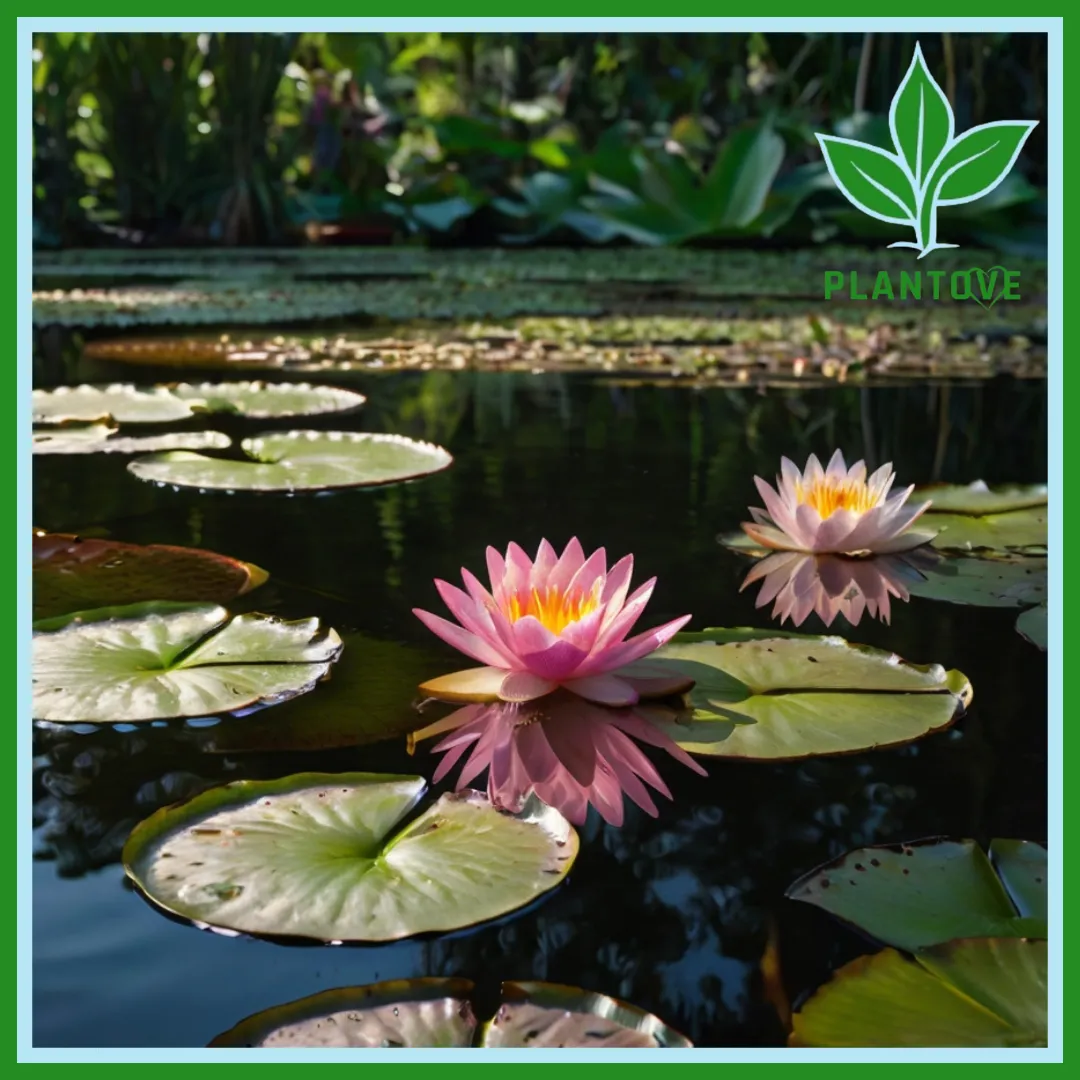Aquatic plants play a vital role in ecosystems, both in natural bodies of water and man-made water gardens. These plants, which grow partially or fully submerged in water, are more than just decorative elements. They provide habitat, food, and oxygen for aquatic life, help filter water, and contribute to the balance of aquatic environments. In this article, we’ll dive deep into the world of aquatic plants, exploring their varieties, features, and importance, as well as addressing common questions like “What is the most common aquatic plant?” and “What are the basic aquatic plants?”
What Are Aquatic Plants?
Aquatic plants, also known as hydrophytes, are plant species that are adapted to living in water environments ranging from ponds and lakes to streams and marshes. These plants can be found either floating on the water surface, fully submerged, or rooted in the muddy bottoms while their leaves and flowers float on the surface. Their unique adaptations make them capable of surviving and thriving in these environments, where land-based plants typically cannot.
Types of Aquatic Plants
There are several classifications of aquatic plants, based on where and how they grow in water:
- Submerged plants: These grow entirely underwater, with roots often anchored to the bottom. Examples include eelgrass and hydrilla.
- Emergent plants: These are rooted in water, but their stems, leaves, and flowers rise above the water’s surface. Examples include cattails and water lilies.
- Floating plants: These plants float freely on the water’s surface, with their roots hanging in the water but not anchored to the soil. Examples include water hyacinth and duckweed.
Understanding the different types of aquatic plants can help gardeners and aquarists choose the right species for their water features and aquariums.
What is the Most Common Aquatic Plant?
Among the many varieties of aquatic plants, one of the most common and widely recognized is the water lily (Nymphaea). Known for its floating leaves and vibrant flowers, the water lily is a popular choice in ponds and water gardens. Not only does it offer beauty, but it also provides shade for aquatic life, helping to regulate water temperature and oxygen levels. Additionally, its broad leaves help reduce algae growth by blocking sunlight from reaching the water.
Another common aquatic plant is duckweed (Lemna), a tiny floating plant that forms green mats on the surface of still water. While it may not be as visually striking as the water lily, duckweed plays an essential role in water filtration and serves as a food source for fish and waterfowl.
What Are the Basic Aquatic Plants?
When considering the most basic and fundamental types of aquatic plants, it’s essential to focus on those that are commonly found in water gardens, aquariums, and natural water bodies. Here are some examples of basic aquatic plants:
1. Water Lily (Nymphaea)
As mentioned earlier, the water lily is a classic aquatic plant. With its floating leaves and showy flowers, it’s a must-have in ponds and water gardens. Water lilies are not only aesthetically pleasing but also functional in providing shelter for fish and reducing algae.
2. Duckweed (Lemna)
Duckweed is one of the smallest aquatic plants, forming dense mats on the water’s surface. It grows quickly and plays an important role in cleaning and oxygenating water. Despite its small size, it is highly effective in filtering harmful pollutants from the water.
3. Anacharis (Elodea canadensis)
Anacharis is a submerged plant commonly used in aquariums and ponds. Its long, green stems grow rapidly, helping to oxygenate the water and provide a habitat for fish. It’s also useful for controlling algae by absorbing excess nutrients in the water.
4. Water Hyacinth (Eichhornia crassipes)
The water hyacinth is a floating plant that produces stunning lavender-blue flowers. While it’s often used in water gardens, water hyacinth can become invasive in certain regions, so it’s essential to monitor its growth. Its dense root system helps filter water and provide a habitat for small aquatic creatures.
5. Cattails (Typha)
Cattails are emergent plants that are commonly found along the edges of ponds, lakes, and marshes. Their tall, upright stems and distinctive brown flower spikes are easy to recognize. Cattails help stabilize soil along shorelines and provide nesting habitats for birds.
These basic aquatic plants are not only beautiful additions to water features but also play crucial roles in maintaining water quality and supporting aquatic life.
What Are the Features of Aquatic Plants?

Aquatic plants have developed several unique adaptations that allow them to thrive in watery environments. Their distinct features make them different from terrestrial plants and enable them to survive in conditions where water is abundant, but nutrients and oxygen can be limited. Below are some key features of aquatic plants:
1. Specialized Roots
Many aquatic plants have specialized root systems that allow them to anchor in wet or submerged conditions. For example, emergent plants like cattails have strong, fibrous roots that stabilize the plant in muddy substrates. Floating plants, on the other hand, have minimal roots that dangle in the water, absorbing nutrients directly from the surrounding water.
2. Floating Leaves
A common feature of many aquatic plants is their floating leaves. These leaves are designed to sit on or near the surface of the water, where they can easily access sunlight for photosynthesis. Plants like water lilies have broad, flat leaves that float effortlessly, while submerged plants like anacharis have leaves adapted to receive sunlight even underwater.
3. Air-Filled Tissues
To help keep parts of the plant buoyant, many aquatic plants have specialized air-filled tissues called aerenchyma. These tissues create air pockets within the stems and leaves, allowing the plant to float and stay upright in the water. This adaptation is especially important for plants that need to reach the water’s surface to flower or reproduce.
4. Rapid Reproduction
Many aquatic plants reproduce quickly, often through both seeds and vegetative propagation. Floating plants like duckweed can reproduce rapidly by splitting and growing new plants from fragments. This ability to grow quickly allows them to colonize new areas and outcompete other plants for space and resources.
5. Tolerance to Low Oxygen Levels
Water can be low in dissolved oxygen, especially in stagnant environments. Aquatic plants are adapted to survive in these conditions. Many plants, like anubias and java fern, can tolerate low-oxygen environments due to their slow growth and ability to absorb oxygen directly from the water.
These features of aquatic plants make them well-suited to a variety of water environments, from fast-flowing rivers to still ponds.
The Importance of Aquatic Plants in Ecosystems
Aquatic plants are more than just ornamental features in water gardens. They play crucial roles in maintaining the health of aquatic ecosystems. Let’s explore some of the key reasons why aquatic plants are so important.
1. Oxygenation of Water
Like all plants, aquatic plants produce oxygen through photosynthesis. This oxygen is released into the water, where it is essential for the survival of fish and other aquatic animals. Submerged plants like anacharis are particularly effective at oxygenating water, making them vital for the health of aquariums and ponds.
2. Filtration and Water Purification
Aquatic plants act as natural water filters, absorbing excess nutrients, pollutants, and toxins from the water. This helps prevent the growth of harmful algae and keeps water bodies clean and healthy. Floating plants like duckweed and water hyacinth are especially effective at filtering out excess nutrients, which can lead to clearer, cleaner water.
3. Habitat and Shelter for Wildlife
Many aquatic plants provide food and shelter for fish, amphibians, insects, and birds. Emergent plants like cattails create safe nesting sites for birds, while submerged plants offer hiding places for fish and other aquatic creatures. In addition, pollinators like bees and butterflies are attracted to the flowers of aquatic plants, contributing to biodiversity.
4. Erosion Control
Plants with strong root systems, such as cattails, help prevent soil erosion along shorelines. By anchoring the soil in place, these plants reduce the risk of erosion caused by waves, flooding, or human activity. This helps maintain the structure and integrity of natural water bodies.
Conclusion: The Beauty and Functionality of Aquatic Plants
In conclusion, aquatic plants are a diverse group of water-loving vegetation that offer both beauty and functionality to water gardens, aquariums, and natural ecosystems. From the elegant water lily to the fast-growing duckweed, these plants provide oxygen, filtration, and habitat for aquatic life while enhancing the visual appeal of water features. With their unique adaptations and features, aquatic plants are essential for maintaining the health and balance of aquatic environments.
Whether you’re cultivating a backyard pond or setting up an aquarium, choosing the right aquatic plants can make a significant difference in the health and beauty of your water ecosystem. Understanding their role and care will help you create a thriving, vibrant aquatic environment.

